I just couldn’t get my stitches to hold up the way I wanted. My creations, though beautiful, didn’t have the durability I envisioned. Then one day, I decided to try a double stitch sewing machine.
I mean it’s so easy, I wonder why I didn’t do it before. You just gotta,
double stitch
To do double stitch sewing, simply select the double stitch option on your sewing machine and sew as usual, ensuring the machine creates two parallel rows of stitches.
Now, every piece I make feels more professional and durable, and I can see the difference in the quality and longevity of my work. So, I had to share it with sewinginspo readers. Here I am doing a sewing machine double stitch.

Table of Contents
What Is A Double Stitch On A Sewing Machine?
A double stitch on a sewing machine means sewing two parallel lines of stitches, which makes the seam much stronger and more durable. This is also called twin needle stitch. It’s perfect for fabrics that need extra support, like stretchy or heavy materials.
I sometimes even use this as top stitching cause it serves the same purpose, actually.
You can do this by using a twin needle (which stitches two lines at once) or by setting your machine to a zigzag stitch that overlaps itself. It’s great for reinforcing seams, hemming, or ensuring your stitches hold up well over time!
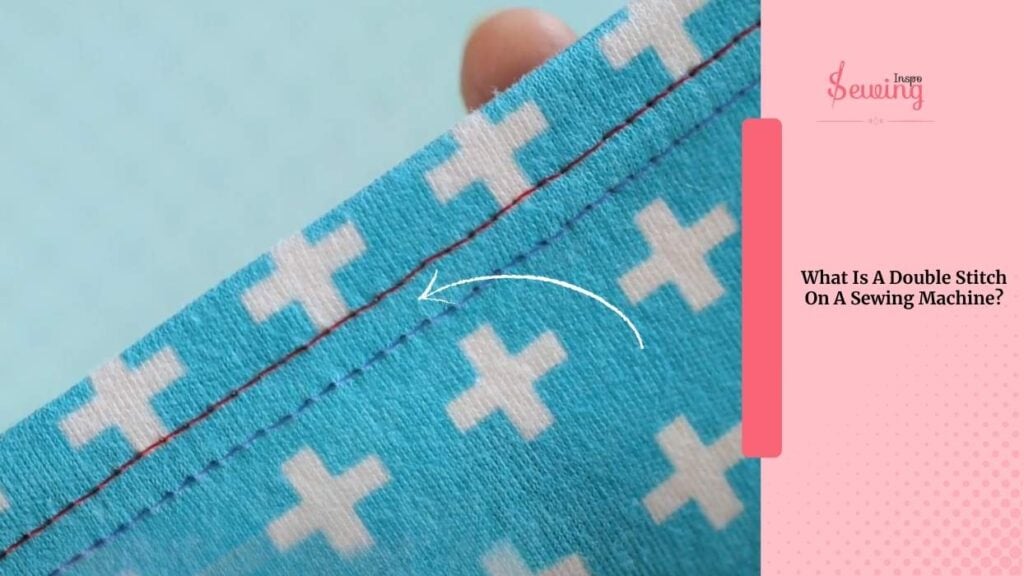
What Is The Difference Between Single Stitch And Double Stitch Sewing Machines?
The main difference between single stitch and double stitch sewing machines is the number of stitches.
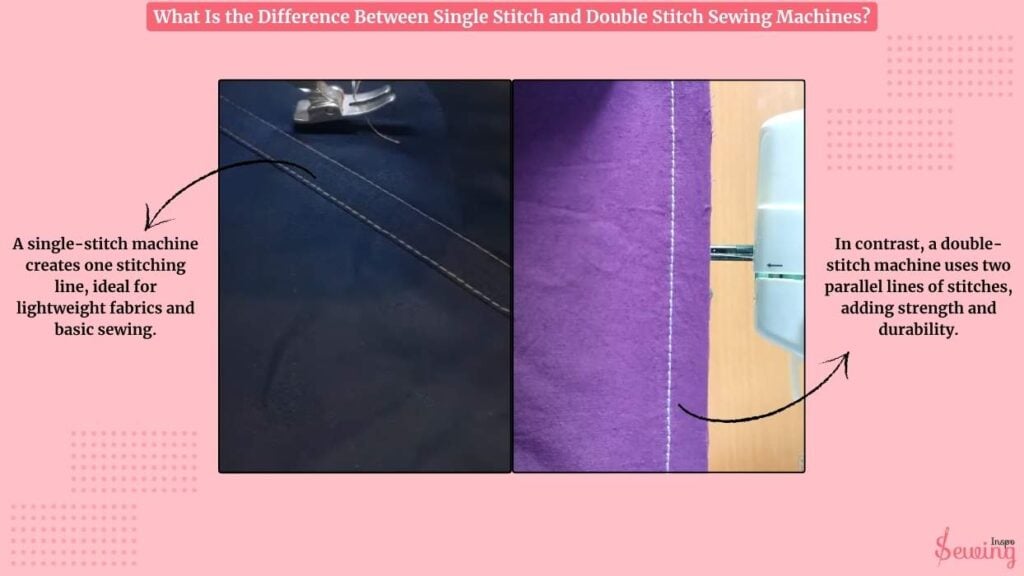
A single-stitch machine creates one stitching line, ideal for lightweight fabrics and basic sewing. In contrast, a double-stitch machine uses two parallel lines of stitches, adding strength and durability like a double lock stitch sewing machine.
It is perfect for heavy fabrics or high-stress areas like seams and hems. Double stitching provides more reinforcement, making your projects more long-lasting. So, get a special sewing machine if you want perfect double stitching.
Double Stitch Sewing Machine Tension Settings
If you’re using a double stitch sewing machine, getting the tension settings right can make or break your stitches.
Trust me, I’ve learned that the hard way.
When the tension’s off, the stitches either bunch up or look too loose, ruining the clean, professional look you’re going for.
Here’s what I’ve learned–
- This range usually gives balanced tension for most fabrics. I like starting at 4.
- A little looseness helps the lower thread blend smoothly with the upper thread.
- I use a size 80/12 needle with all-purpose polyester thread.
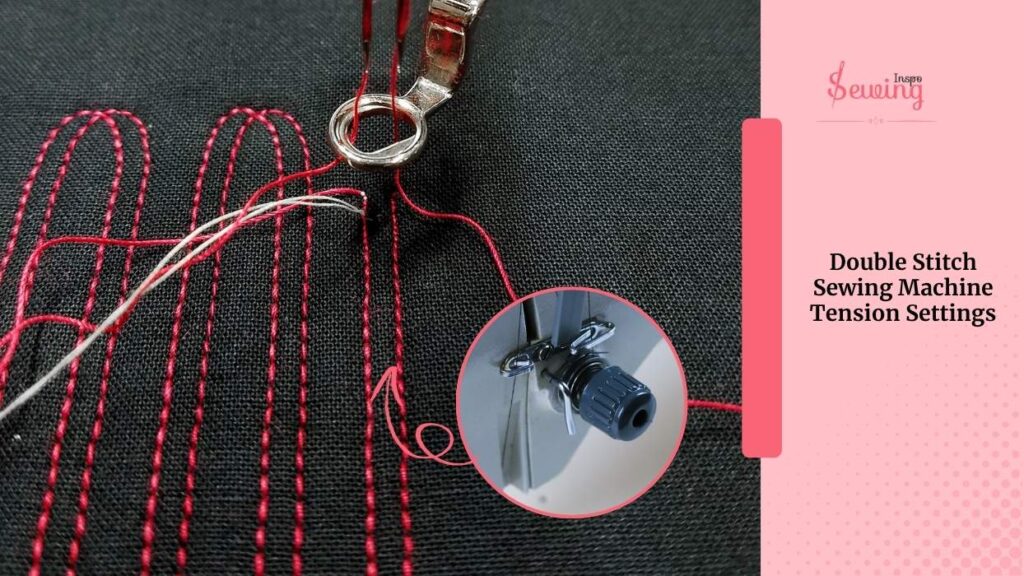
- For light fabrics like chiffon, keep the tension a bit lower (around 3).
- For heavy fabrics like denim, raise it closer to 5 or even 6.
How To Do A Double Stitch Sewing Machine?
To do double stitch sewing machine you just need to follow the 6 steps,
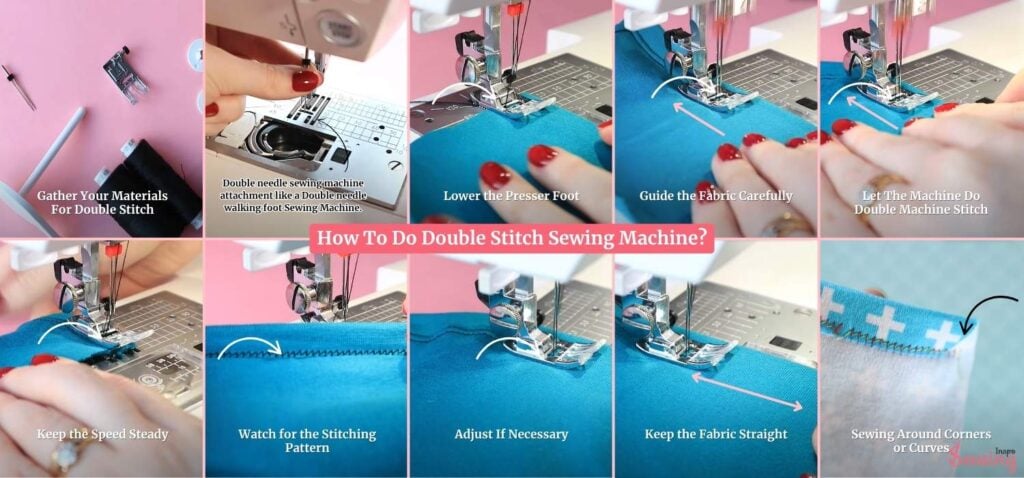
Gather Your Materials For Double Stitch
I’m starting with a twin needle, which is basically two needles connected at the top. I also need a second spool pin (check my machine’s manual if I’m not sure),
A presser foot that fits the twin needle, two spools of good-quality thread in the same colour, and a bobbin of thread. This thread helped me to do double top stitch sewing machine too. Don’t forget a scrap of fabric to test the stitches! This even helps you do the cover stitch sewing machine.
And then,
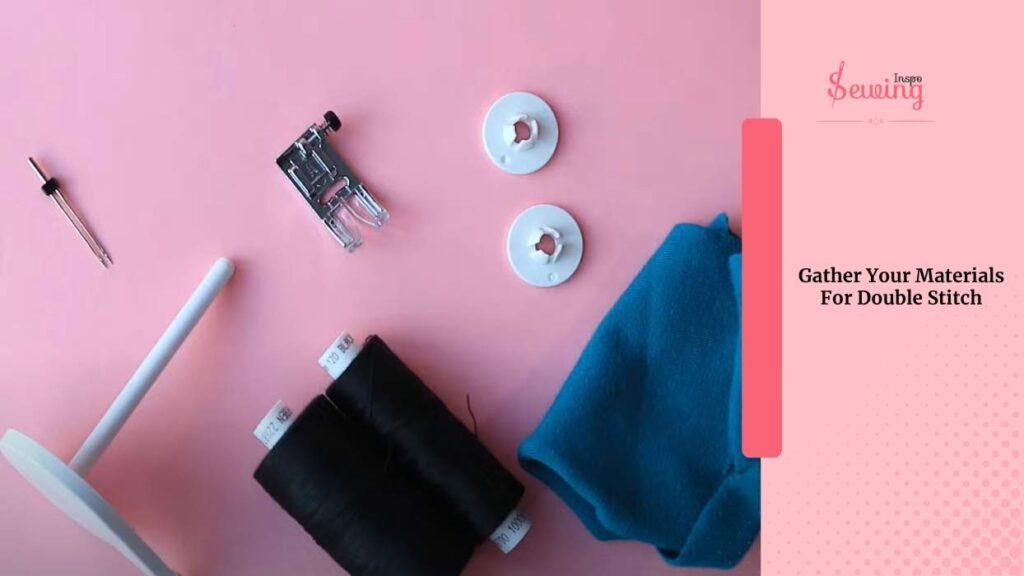
I pick the right twin needle based on the fabric I’m using. I choose a 2.5mm needle for lightweight fabrics like jersey, while I go with a 4mm needle for thicker fabrics like sweatshirts. This will give me the best results. This needle doesn’t create sewing machine jumping stitches.
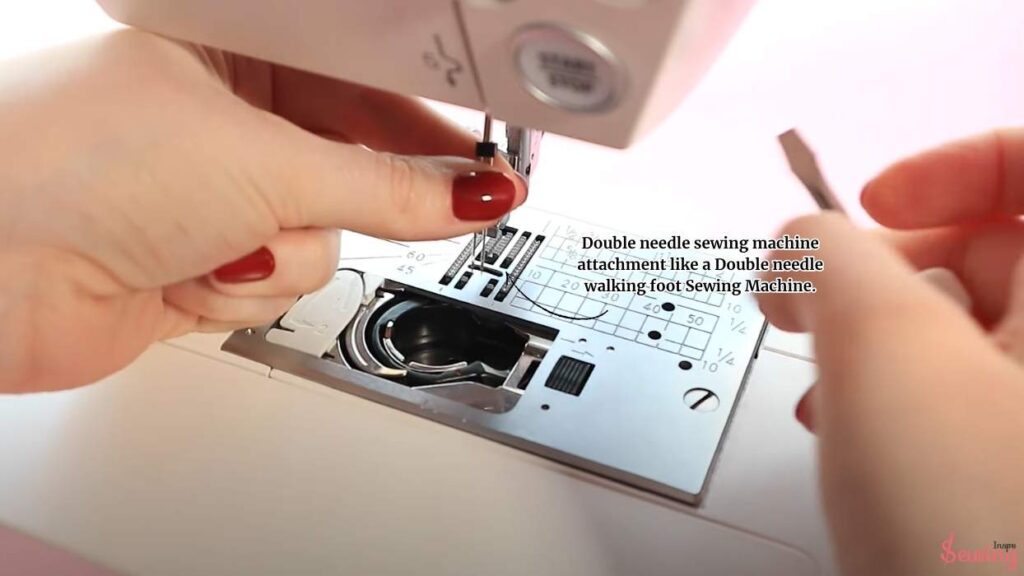
If you don’t want to go through the hassle, use a Double needle sewing machine attachment like a Double needle walking foot Sewing Machine.
Lower the Presser Foot
I gently lower the presser foot onto the fabric. The foot should sit firmly but not too tight. I ensure the left needle overlaps the hem’s edge so the stitching catches the fabric correctly, as you would for blind stitch.
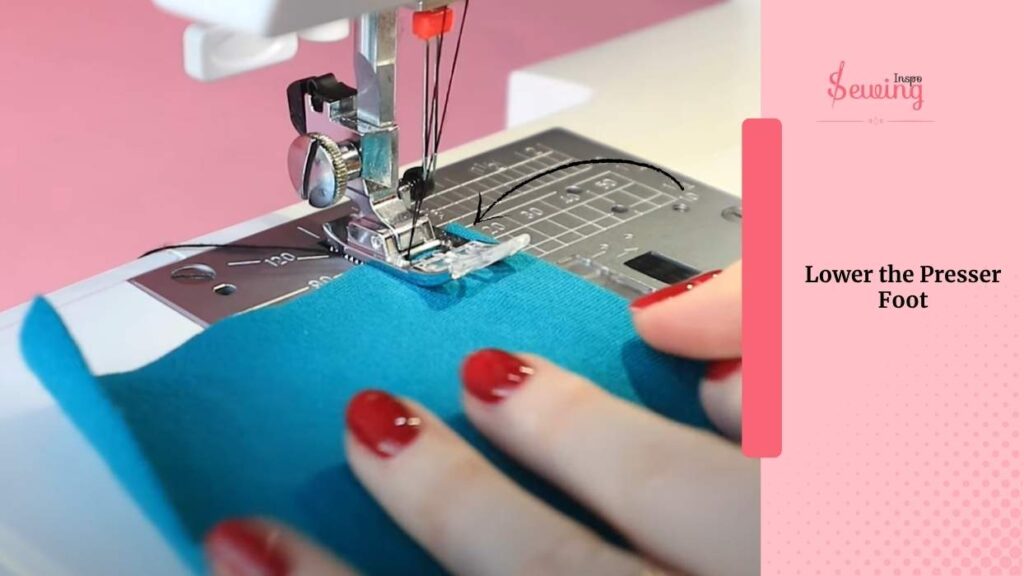
Guide the Fabric Carefully
As I begin sewing, I guide the fabric with both hands, gently pulling it through without stretching it. The fabric should move smoothly under the needle, and I keep an eye on it to ensure it aligns with the presser foot’s edge.
This ensures that the parallel lines of stitching are consistent throughout, like a running stitch.
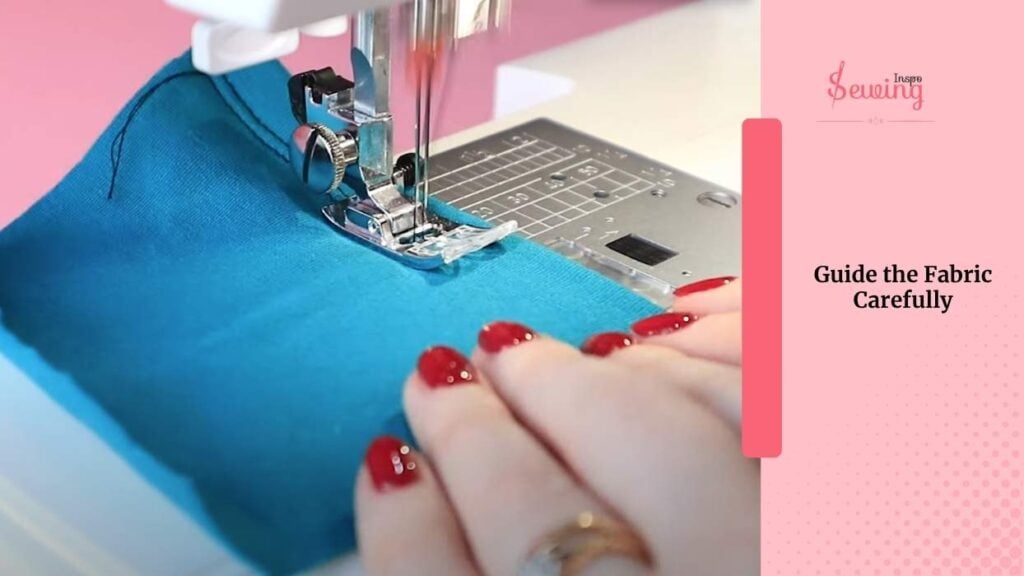
Let The Machine Do Double Machine Stitch
I avoid stopping and starting too much because doing so can cause uneven stitches or tension problems. The goal is to let the machine run smoothly, maintaining a steady rhythm. I keep the fabric feeding naturally without pulling it too much, letting the machine stitch at its own pace.
I keep the thread tension one notch lower to get the perfect stitch and set the stitch length to 3 to 3.5mm. This length is perfect for a whipstitch sewing machine.
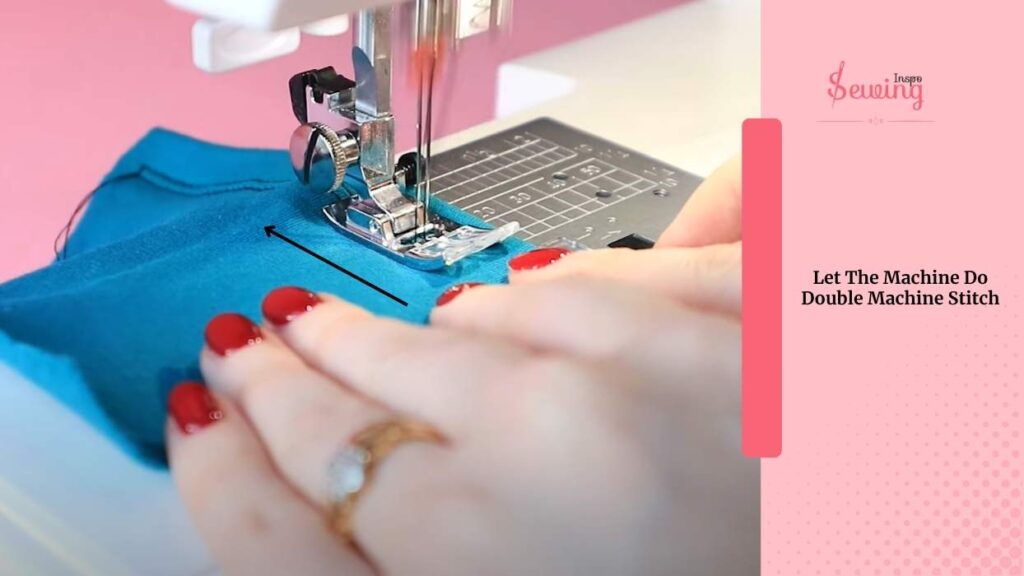
Keep the Speed Steady
I try to maintain a consistent speed. It’s tempting to go fast, but I find that a slower, steady pace gives me more control, especially when working with twin needles.
This also helps me maintain the quality of the stitch, preventing any hiccups. You don’t want it to be like satin stitch.
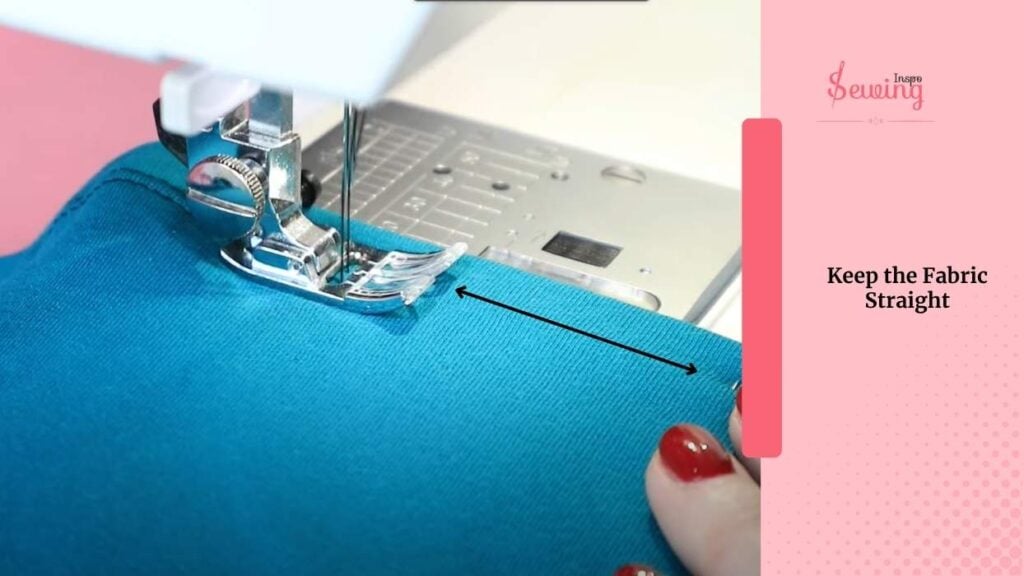
Watch for the Stitching Pattern
As the sewing continues, I make sure that the result on the top is exactly what I want 2 neat parallel lines of stitching.
This is the signature of the twin needle! On the underside, I should see a zigzag stitch connecting those two lines, providing strength and flexibility to the hem like a double top stitch.
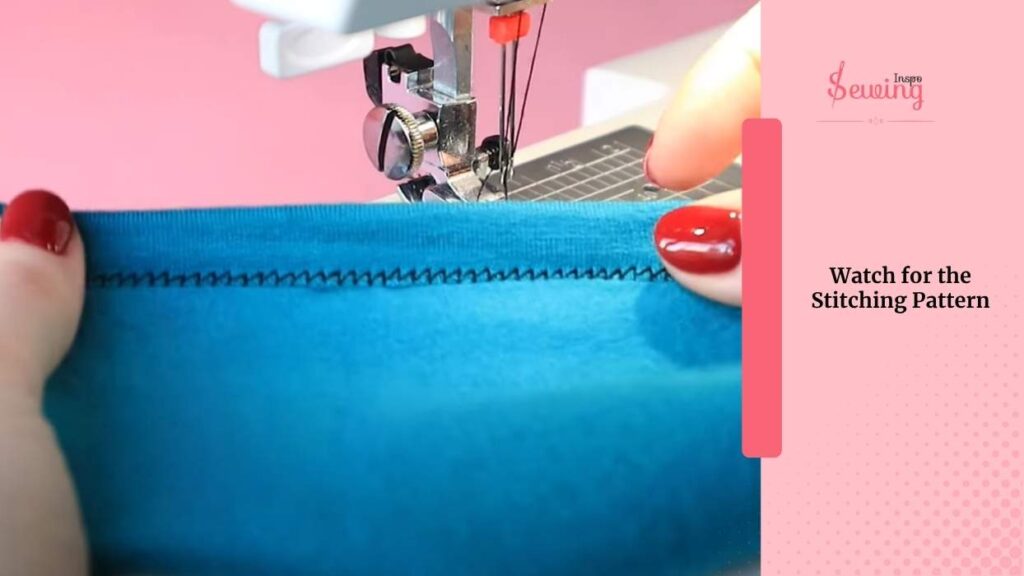
If you messed up, you must deal with the loose stitch.
Adjust If Necessary
If I notice the fabric is bunching or the stitches aren’t looking even, I’ll pause to check the tension.
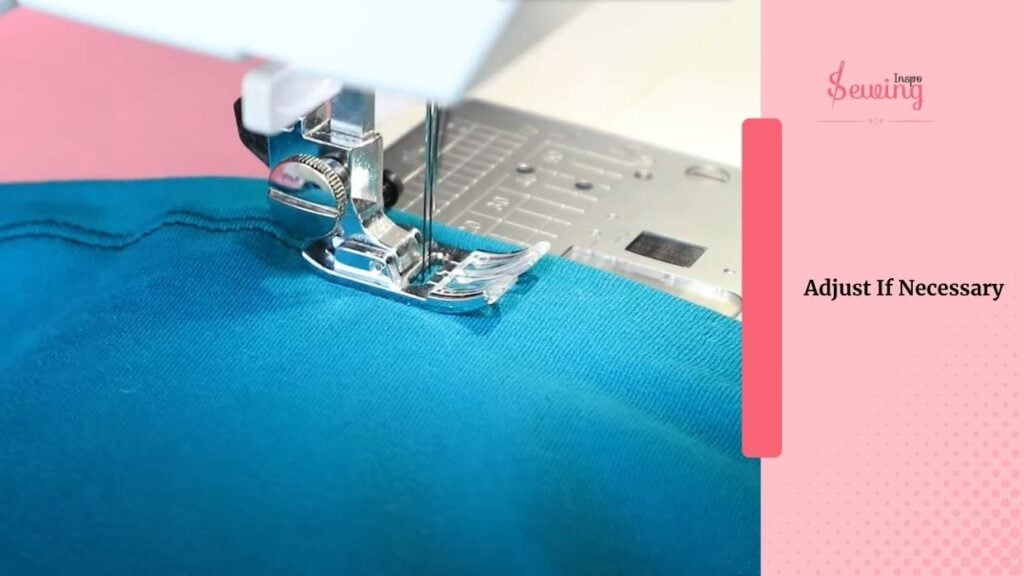
It might be necessary to slightly adjust the thread tension or stitch length to get the perfect balance between the two lines of stitching and the zigzag stitch beneath.
Keep the Fabric Straight
I keep the fabric aligned under the presser foot throughout the sewing process. If the fabric shifts or pulls, the twin needles can misalign, resulting in uneven stitching.
I take my time to keep everything in place, especially in tricky areas like curves or corners.
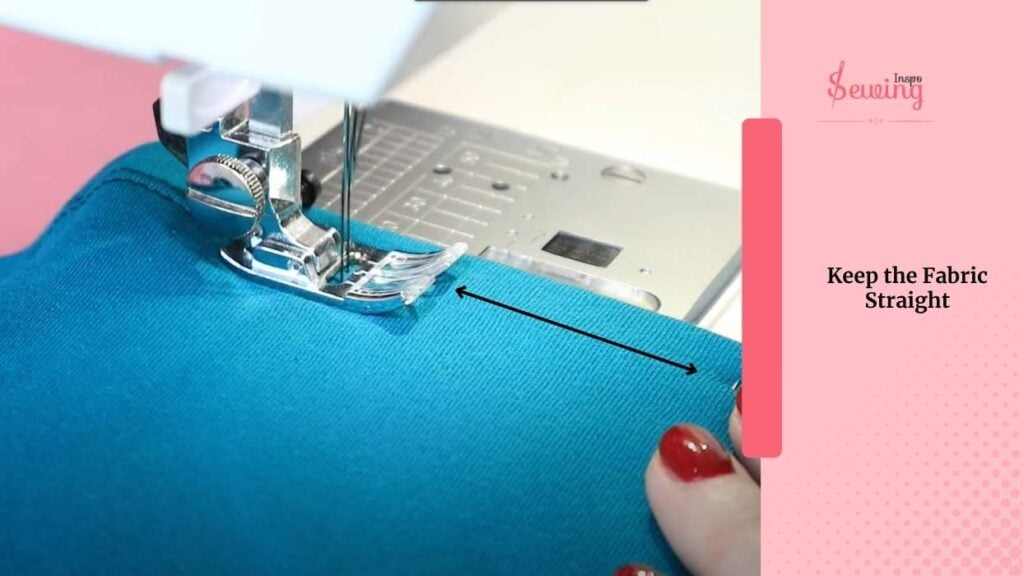
Sewing Around Corners or Curves
If I’m sewing a curved area, I take it slow, using the handwheel to adjust the fabric position if needed.
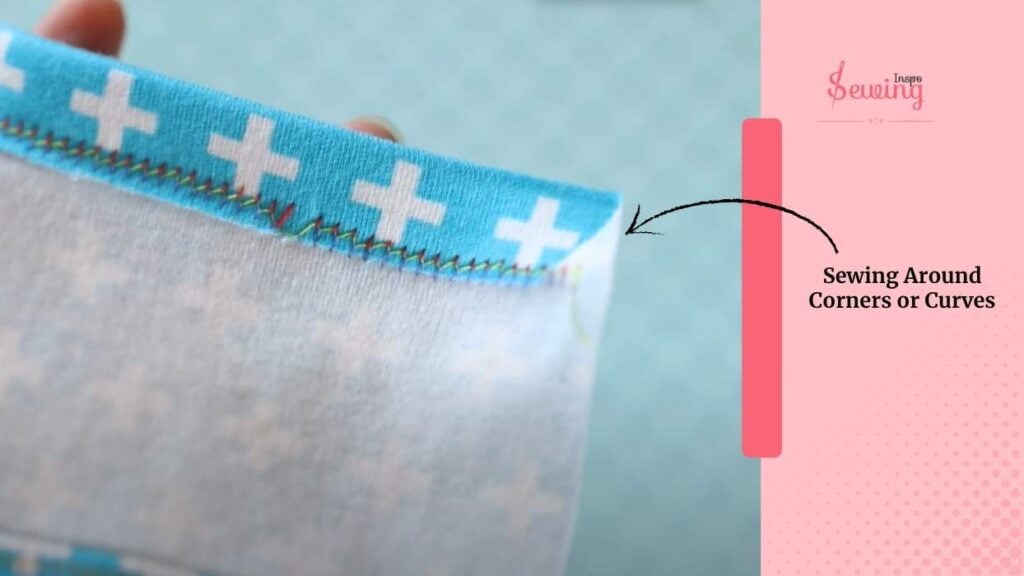
I avoid turning the fabric too abruptly, as this can affect the neatness of the stitches. You can also do that for a double chain stitch sewing machine.
Double Stitched Seam Diagram
As a newbie, it’s hard to remember the whole guide at a glance. So I made this diagram for you. I hope this will clear out your doubts.
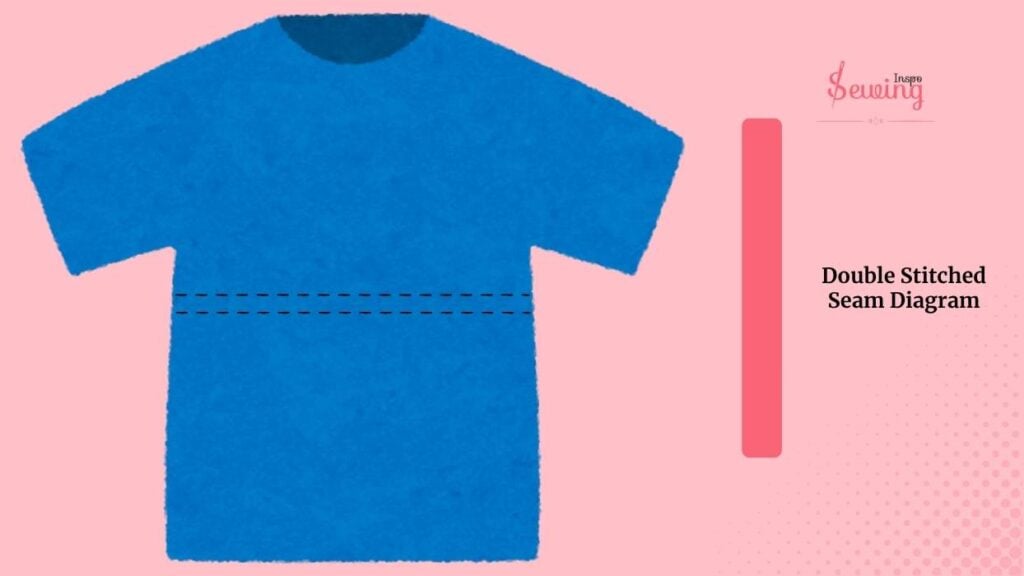
Double Stitch Sewing Patterns
Although this stitch is for an edge, you can still do some patterns with it. Here area few pattern ideas for you,
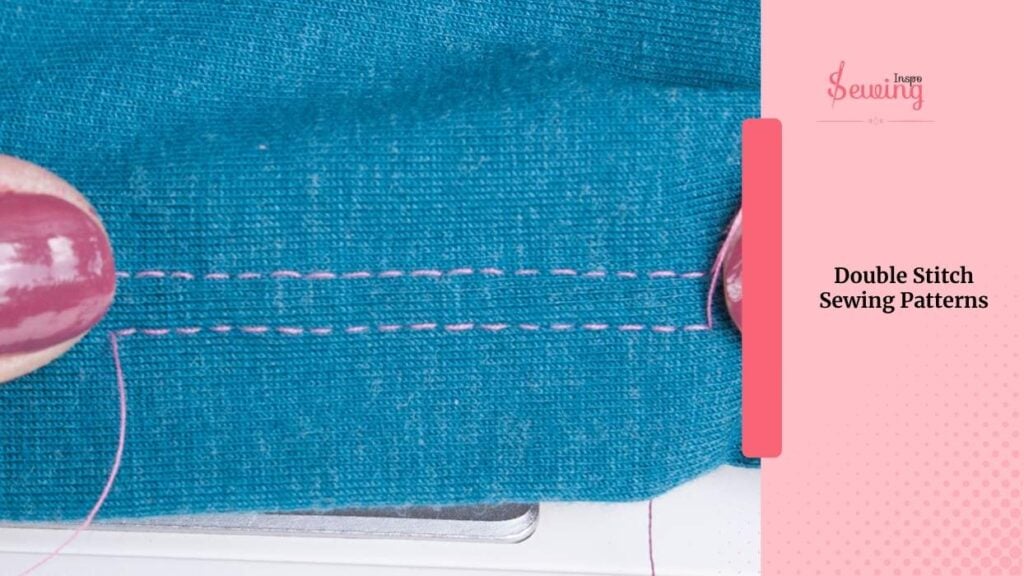
Double Top Stitch Sewing Machine
A double top stitch isn’t just for looks. It actually makes seams stronger and tougher, so your clothes or projects last longer. To do a double topstitch, follow the steps,
- 2 Fabric Pieces
- Get A Twin Needle
- Sew ⅝-inch seams
- Press The Seam Open
- Turn The Fabric To The Right Side
- Sew First Line
- Position To Stitch The 2nd Line
- Sew Straight Down To The Bottom Again
- Give Your Stitches A Gentle Press
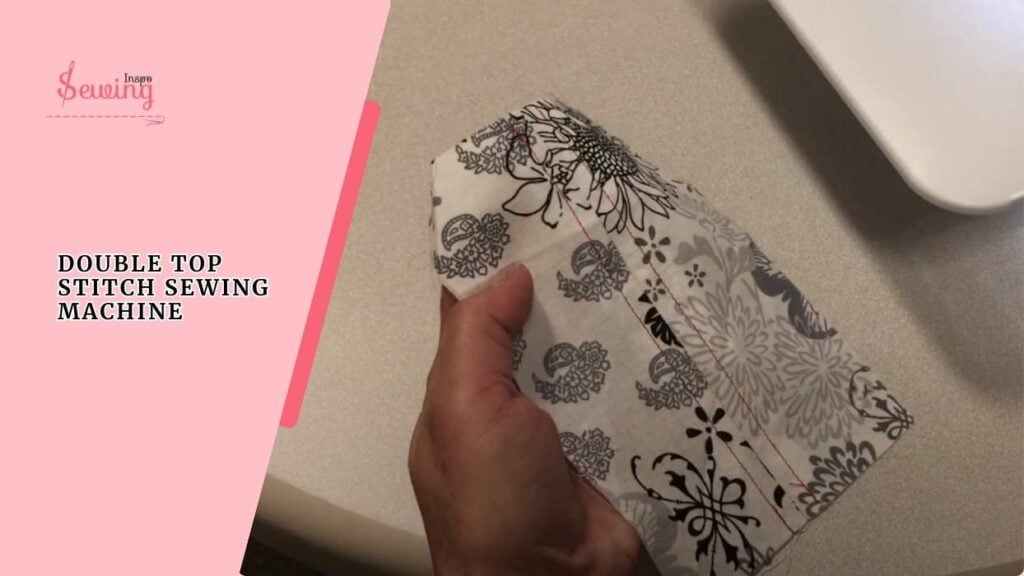
Frequently Asked Questions
What is a twin needle on a sewing machine?
A twin needle is a sewing machine needle with two needles connected by a single shank. It creates two parallel lines of stitching on the top of the fabric, with a zigzag stitch on the underside. It’s perfect for hems, stretchy fabrics, or when you want extra strength and durability in your seams.
Can I use a twin needle for all types of fabric?
While a twin needle can work for most fabrics, it’s best for stretch fabrics like jersey or knit, and non-stretch fabrics like denim or cotton. Make sure to choose the right type of twin needle for your fabric, such as a ballpoint needle for knits or a universal needle for woven fabrics.
Do I need a special presser foot for twin needle sewing?
Yes, you need a presser foot with a wide enough opening to accommodate the twin needle. Some machines come with a special foot for twin needles, but you can use a zigzag or a walking foot to do the job if your machine doesn’t.
That’s It
A double-stitch sewing machine might initially seem tricky, but once you get the hang of it, it’s totally worth it. The neat parallel stitches on top and the zigzag on the underside give your hems a professional finish.
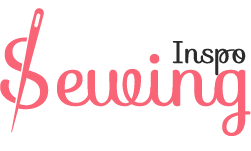
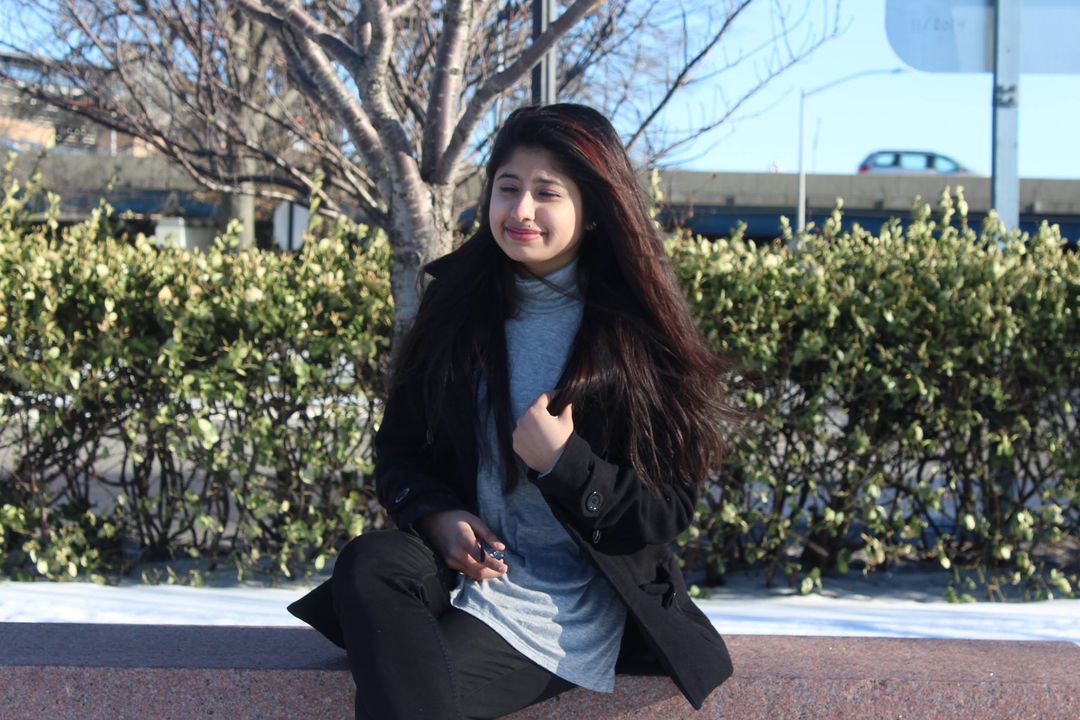
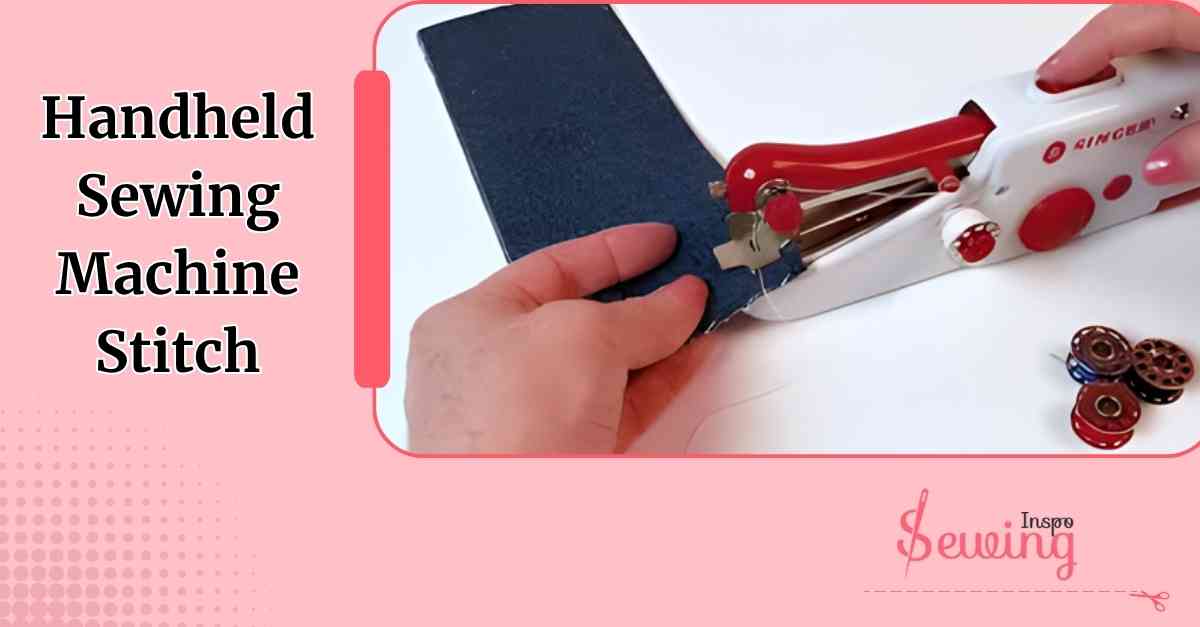
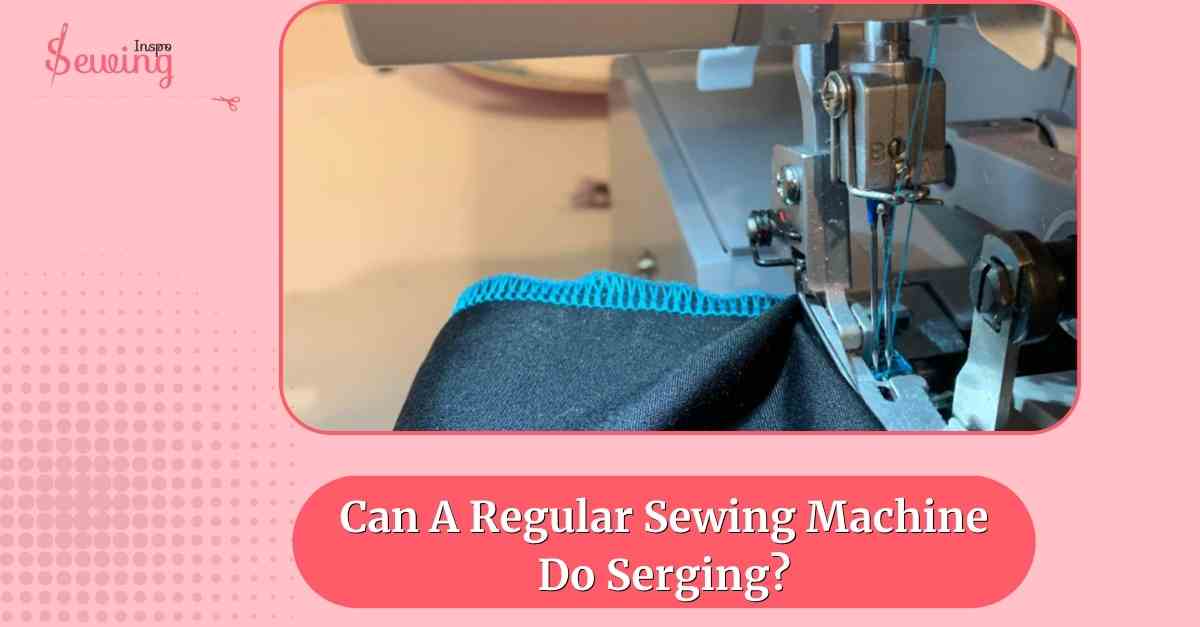
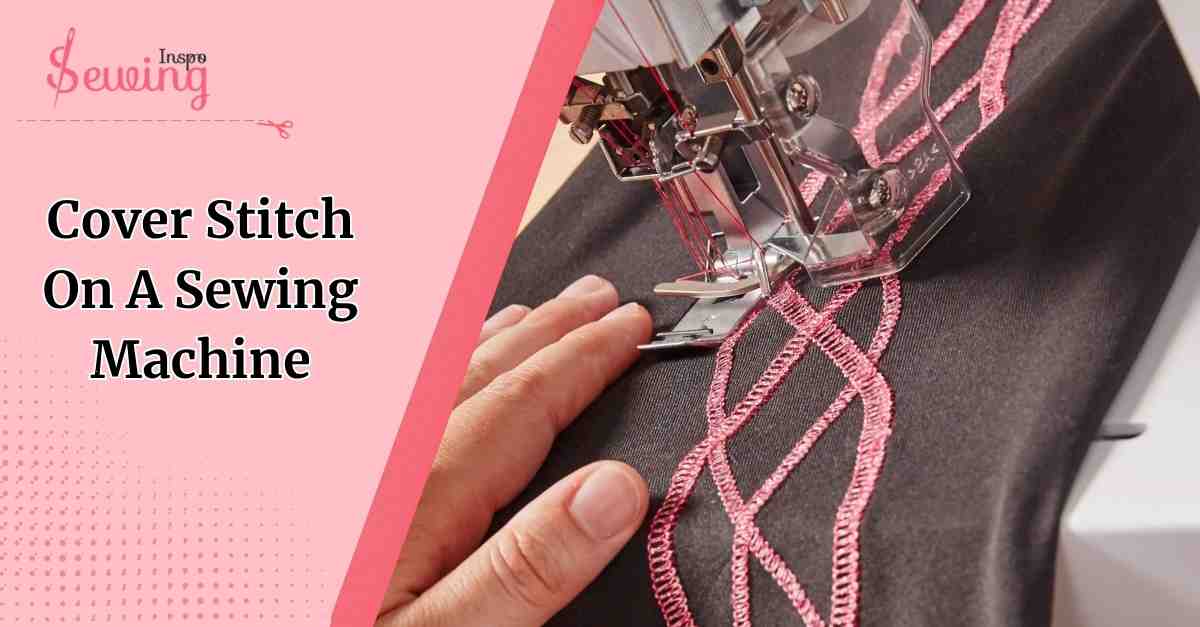
Leave a Reply